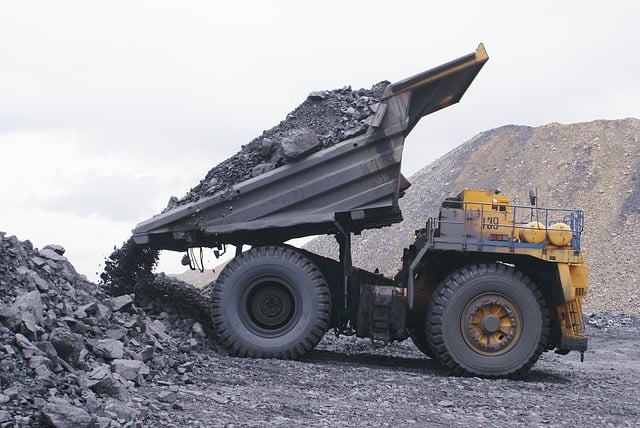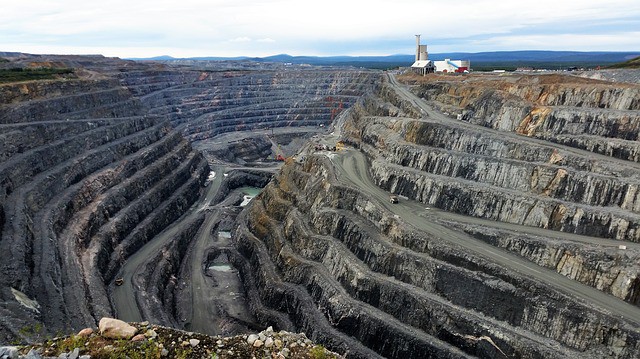The earth has been experiencing tremendous changes for millions of years to become what it is today. That also means it has taken decades for minerals and rocks to form. Minerals are naturally occurring resources of the earth’s crust. People depend on minerals to obtain metals, non-metallic, and importantly energy sources—the currently available crystals formed over long geological periods of millions of years ago.
Why minerals are considered nonrenewable
Looking down at the meaning of nonrenewable resources, they are the resources that cannot regenerate or preferably those that get depleted with continued use. Nonrenewable resources exist in fixed amounts.
Minerals are considered nonrenewable because they take a very long time to form (millions of years). This implies that once they are used up, they cannot get back within a short period.
Also, even if the minerals were to be regenerated, the demand for the formed mineral would surpass the usage of the minerals. The minerals could be used up faster than they can be replaced by nature.
Read next: Solar-Powered Pavilion Volvo
Nonrenewable mineral list
The earth’s crust is rich in 2 types of minerals: fuel minerals and nonfuel minerals.
Fuel minerals

They are fossil fuels. Fossil fuels, also known as mineral fuels, are fuels formed by dead and decomposing plants and animals. It has taken millions of years to build the current fossil fuel reserves in the world.
They include Coal, Oil, Petroleum, etc.
Nonfuel minerals

Nonfuel minerals can as well be classified as metals and non-metals
Metals: copper, aluminium, iron, zinc, lead, silver, gold, mercury, nickel, bauxite, manganese, chromites, cadmium
Non-metals: gypsum, phosphate rock, lime, salt, silica, sand, gravel, sulphur, feldspar, magnetite, kaolin, diatomite, asbestos.
From the same category: Solar Days vs. Sidereal Days compared
How long would it take nonrenewable minerals to run out?
Humans currently use minerals in almost all activities; building houses, making cars, appliances, computers, and roads. The uses of minerals are countless.

According to statics by an esteemed us agency, an average person consumes approximately 40,000 tons of minerals per annum. With this rate of consumption, the potential for minerals to sustain the world for a long time is quite low.
The period taken by minerals to entirely run out is dependent on two major factors:
- The size of the mineral reserve
- The rate at which humans exploit the mineral
When both factors are considered, coal, which is the most abundant mineral, is expected to have a life expectancy of 200 to 300 years. Next on the list is natural gas for fuel/heat. Gas has estimated to last for 125 years. Iron could last for about 62 years, with the primary use being the production of steel. Gas could last for 50 years, and its primary purpose is making gasoline.
An excellent read: Your Unrivalled Solar Companies in California
Copper with a life expectancy of 36 years is mainly used for electric wiring. Serving the same purpose as copper, silver could last for only 17 years. Lead and tin have an estimated expectancy of 25 and 31 years respectfully. The life expectancy of uranium, used in the production of nuclear energy, has remained a subject of debate for years.
Which of the following is a renewable resource?

(a) Land
(b) Fossil fuels
(c) Minerals
(d) Wind
The wind is a renewable resource. No matter the amount of wind used per day or even per hour, there will still be an equal supply of wind in the future. There is simply no limit to the amount of wind produced naturally. Wind cannot get depleted.
Wind energy, unlike fossil fuels, is clean and doesn’t pollute the atmosphere. The power is provided when wind blades (they look like propeller blades) rotate at a given speed around a rotor.
Due to the clean nature of wind energy, companies that invest in tapping wind to produce electricity receive some incentives from the government.
Bottom line
Given the nonrenewable nature of minerals, we must learn how to manage them. As we plan for the day these minerals will disappear, because they will, after all, we can think of recycling. If you feel your bike, car, or any appliances aren’t fit for your use, consider returning them to the manufacturer or any recycling plant within your reach for recycling. By so doing, you will be reducing the necessity to mine new minerals so the existing ones can serve for a more significant deal of time.